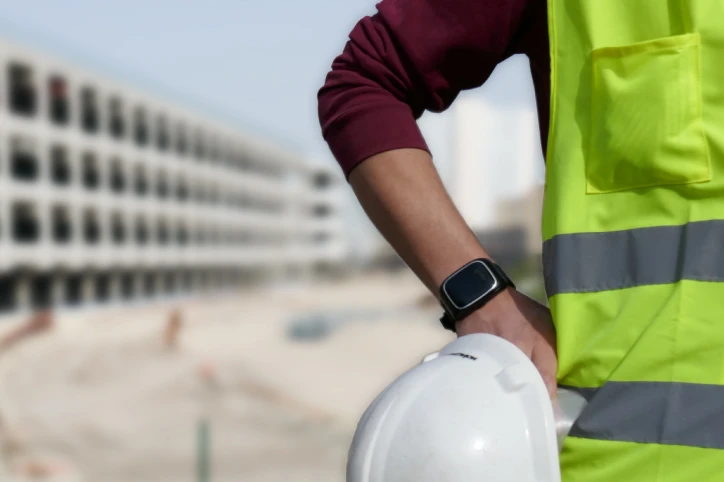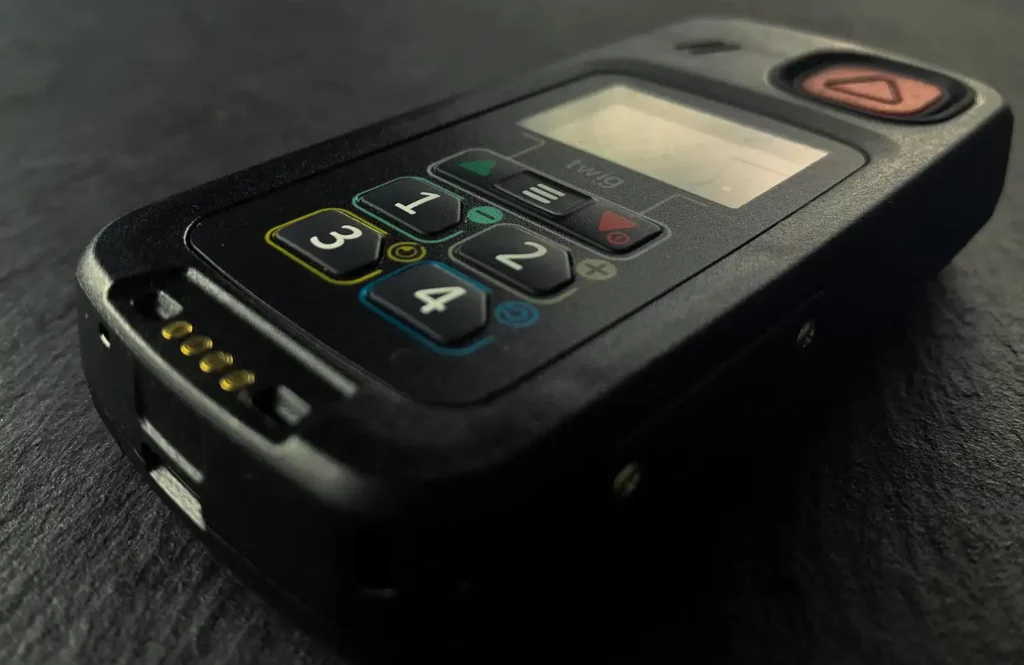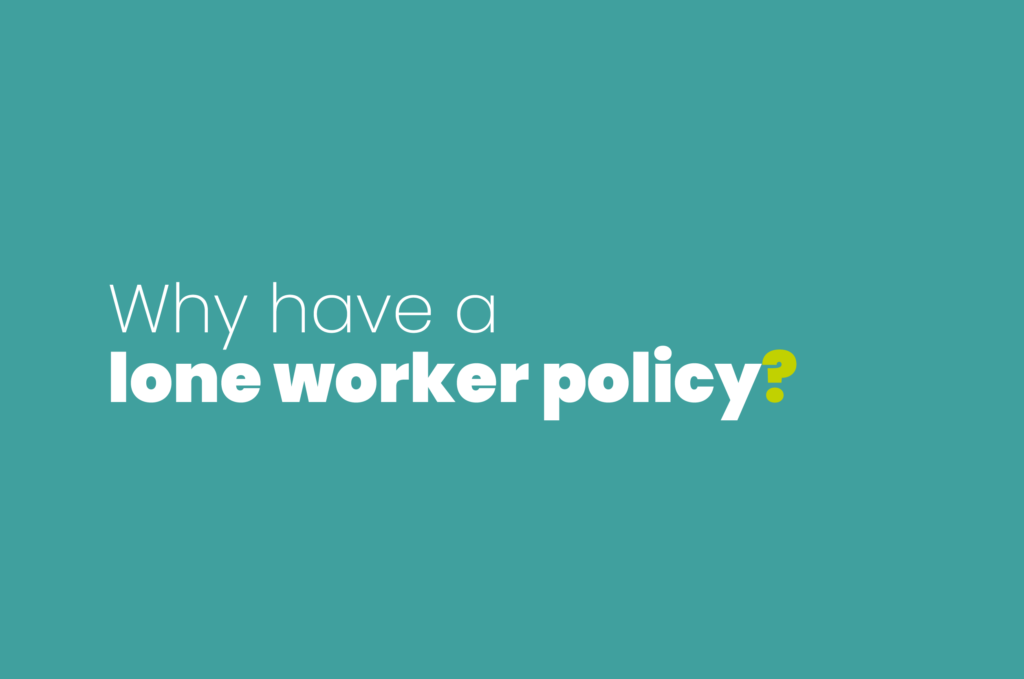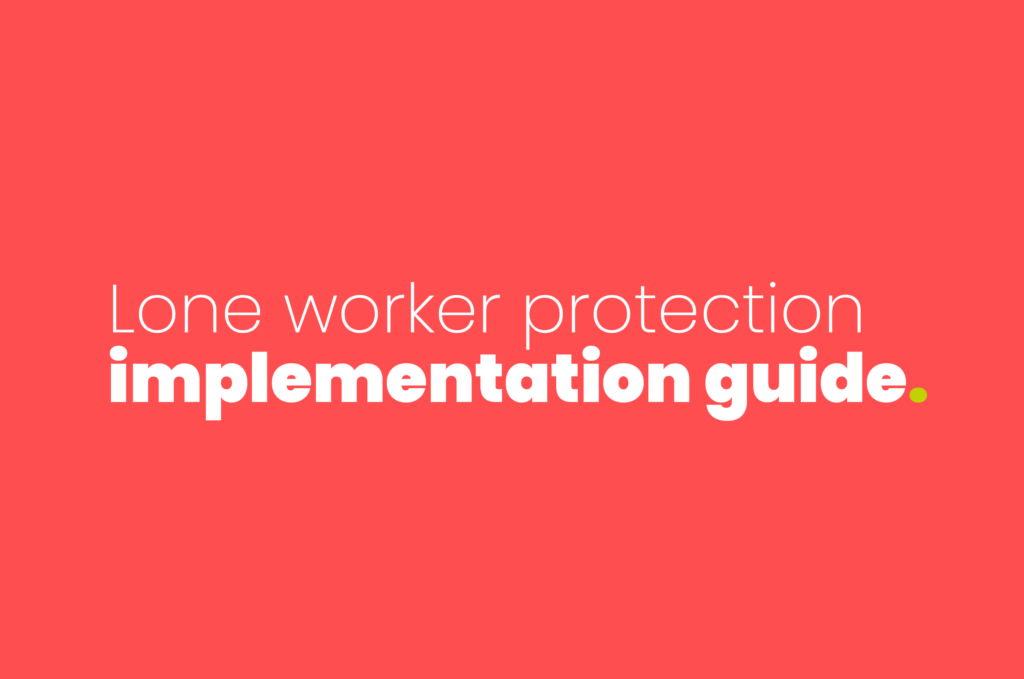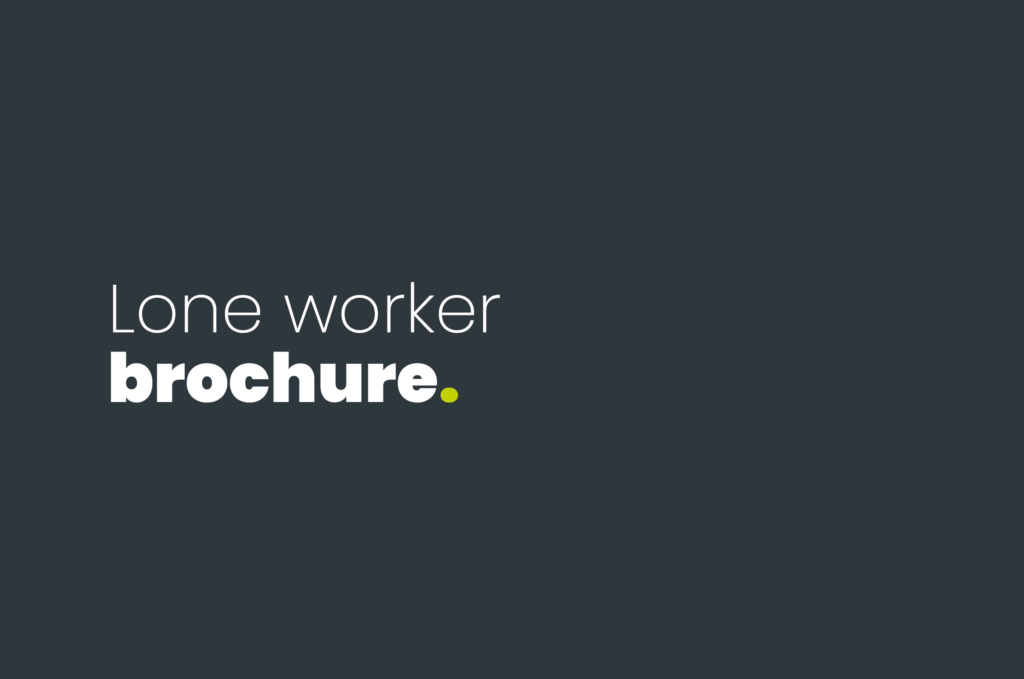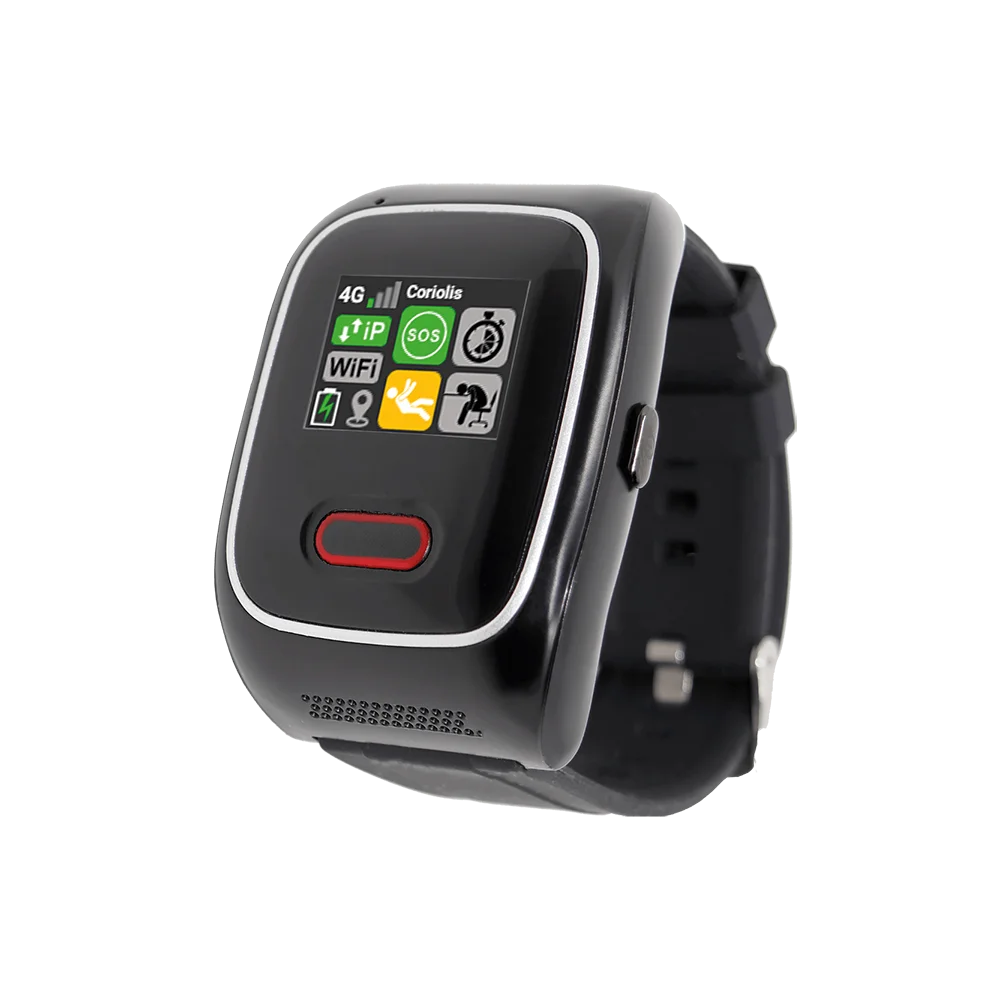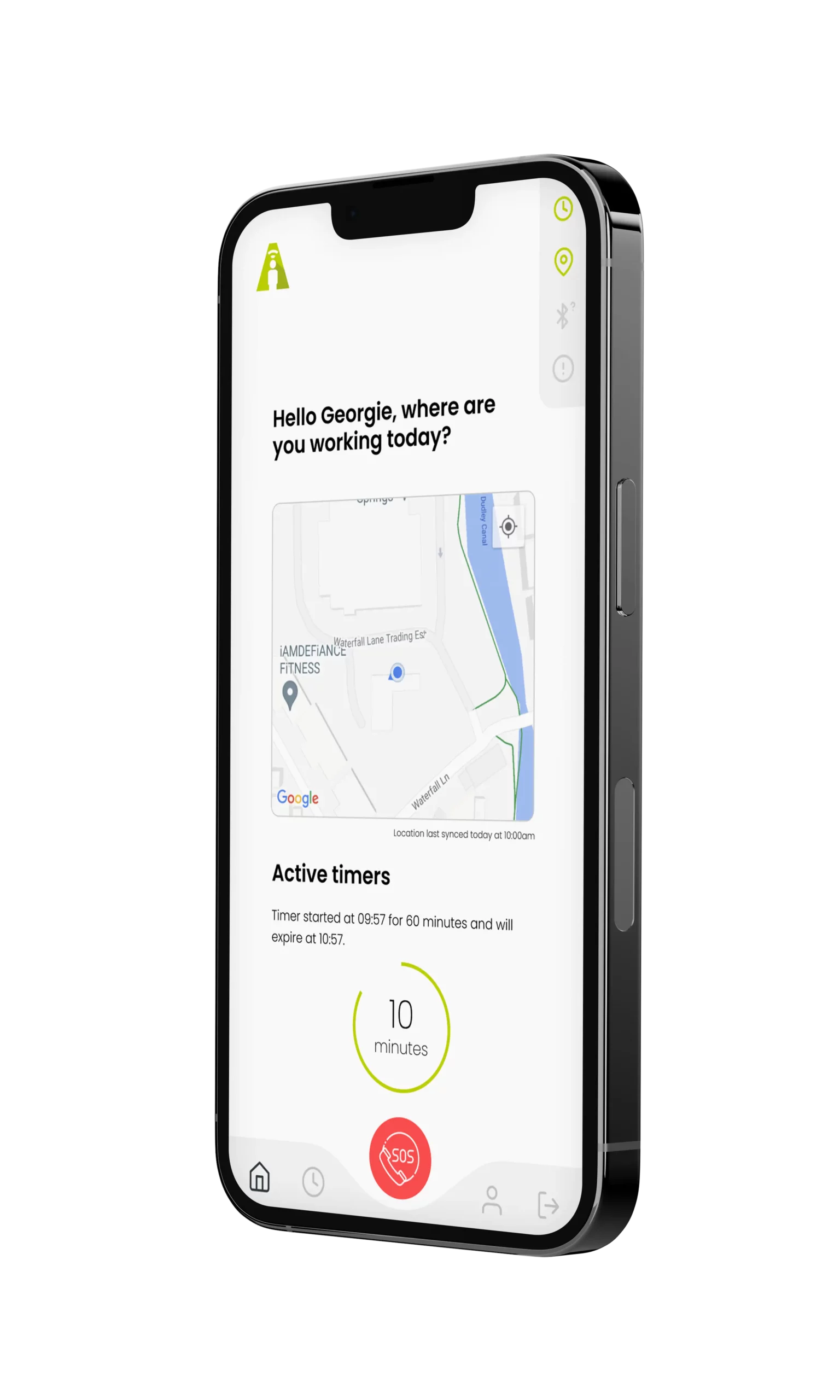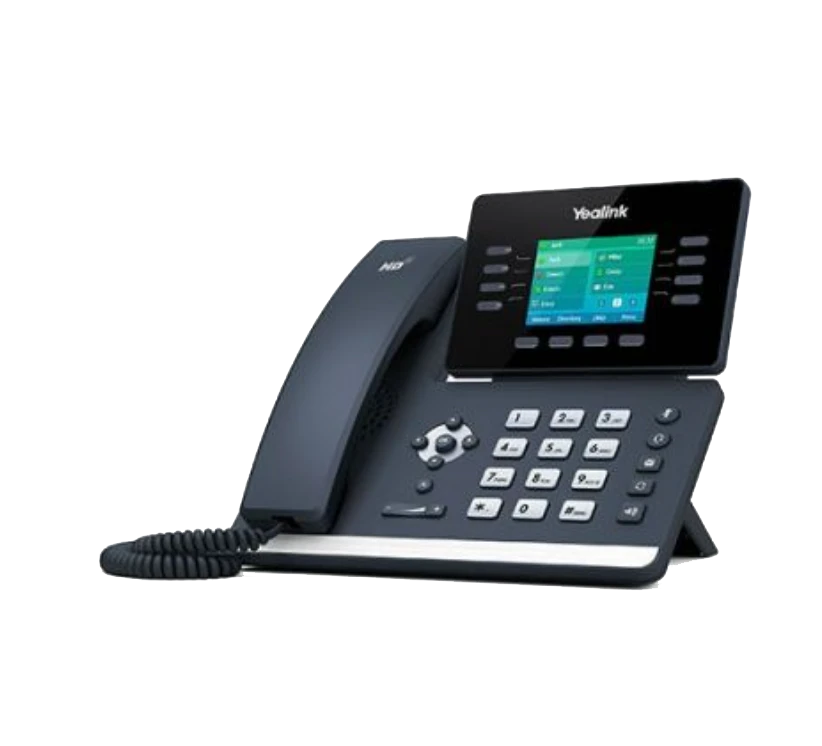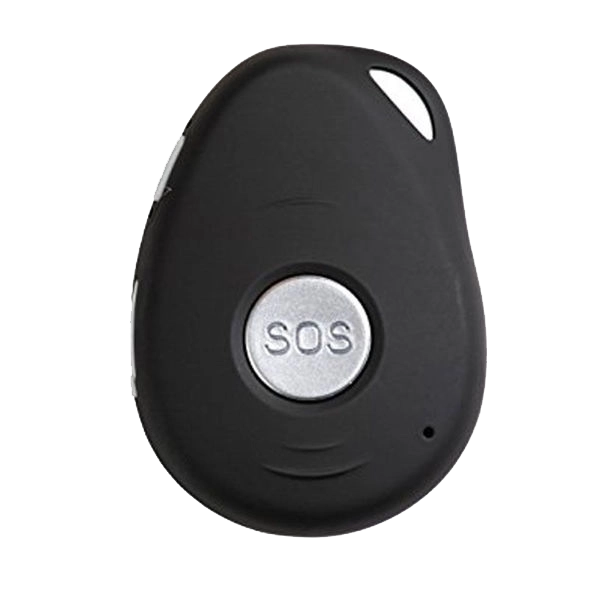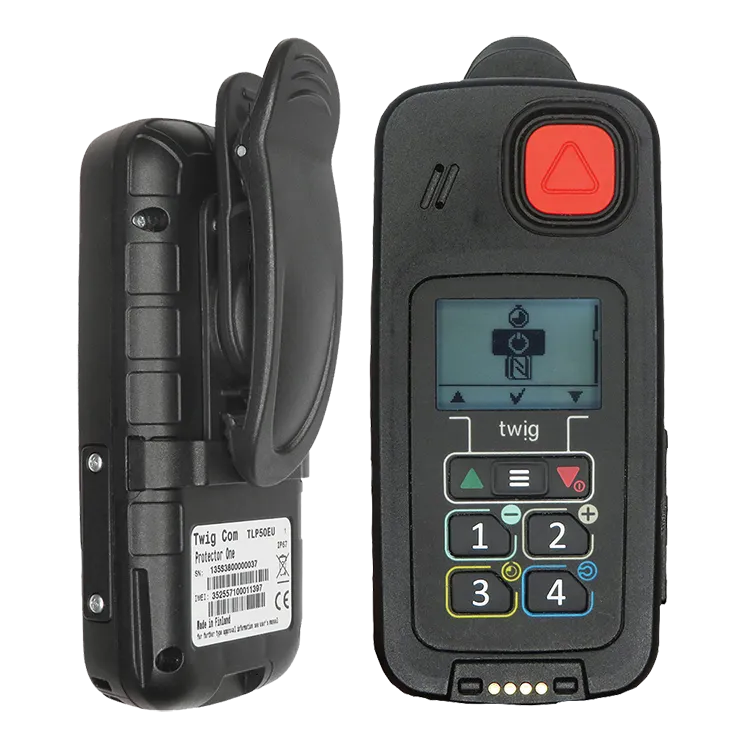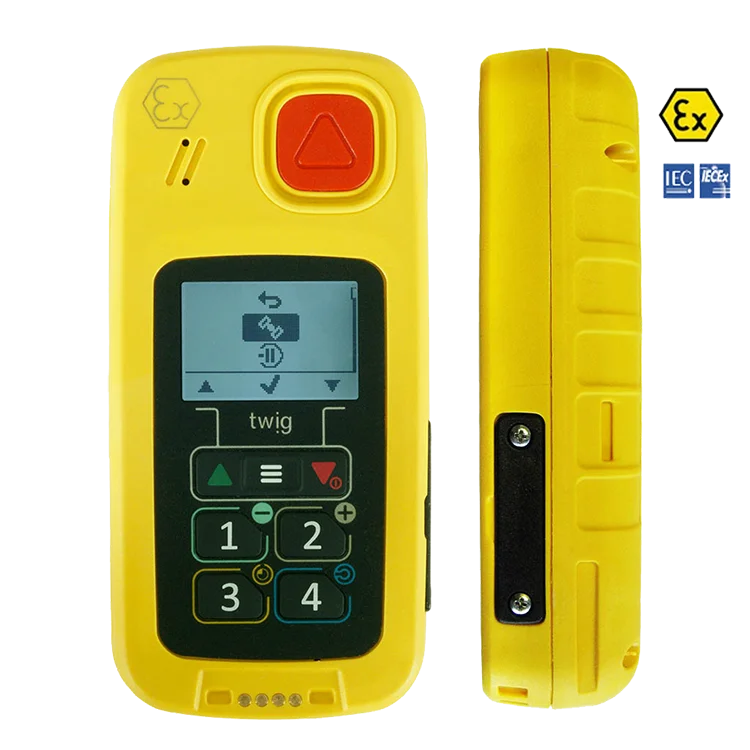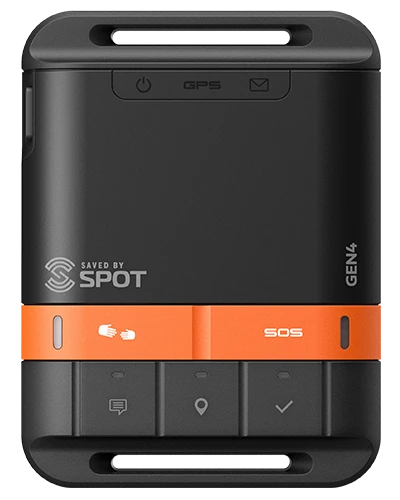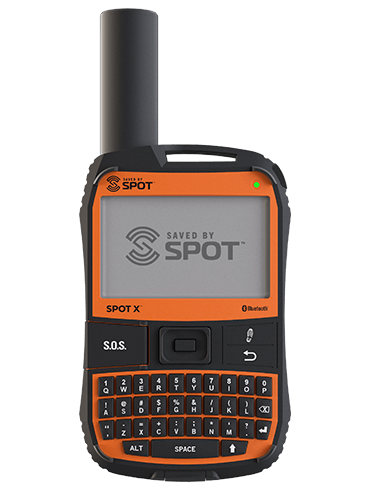Lone worker protection for utility workers .
Why have a lone worker solution?
Lone working is a key part of the job role for many employees in the utilities sector. The sector, which includes water, gas and electricity, employs a huge number of workers who face significant daily risks of injury, with large numbers of engineers working with dangerous elements, often on their own.
Examples of lone workers at risk in utilities.
- Gas Engineers
- Plant Operators
- SHEQ Manager
- Revenue Collections
- Electricians
- HV Engineer
- Leakage Detection
- Quantity Surveyor
- Samplers and Testers
- Street Works and Reinstatement
- Asset Inspectors
What lone working risks exist in utilities?
Service engineers visiting people’s homes to carry out repairs or those working in field sales cold calling customers to get sales, face the risk of verbal abuse or even physical attacks, whilst the different daily working addresses means it can be hard for employers to keep track of exactly where workers are.
There are also many roles in this sector that see workers spending their time outdoors, such as those maintaining supply in remote areas.
This could include unmapped locations and areas with little to no mobile signal, possibly being based at different locations on a daily basis. Lone workers carrying out their jobs in these remote areas may experience great difficulty in receiving help. On the other hand, employers responsible for staff working outdoors and in remote areas will face a constant worry for their safety and wellbeing, if suitable lone worker protection is not in place. A lone worker alarm will give protection to staff.
Do you need lone worker protection?
Answer the questions to see if you need a lone worker solution.
- Do you know where your lone workers are everyday if they are out visiting homes?
- Is working at height or in a confined space a hazard?
- Do your staff find themselves in areas of no mobile signal? When they are in these areas what assurance do you have that they are safe?
- Do staff work in close proximity to hazards?
- Can the situation workers are in change dramatically and quickly?
- How long would it take before you knew someone had experienced an accident?
- If a member of staff had left a certain area would you know?
Our risk assessment.
To carry out a risk assessment you need to think about what might cause harm to your employees and decide whether you are taking the reasonable steps needed to prevent any harm.
A risk assessment is something you are required to carry out by law. We have created a comprehensive risk assessment for people within the utilities industry.
LONEALERT Solutions for working in the utility industry.
As with all sectors the level of risk depends on the job role – which can differ drastically. Workers could be working in people’s homes, dealing with customers who are deprived of a supply that is taken for granted, or working in extremely remote areas, by large water areas, high voltage electricity, at heights or with volatile materials.
We have a variety of solutions that will help you, all of which are controlled by The OWL, so you can mix and match solutions to suit your needs. The OWL allows you to set up personalised or companywide escalation procedures that will come into effect as soon as an alarm is raised.
Lone worker devices for the utilities industry.
Safety Watch
Communicates via WiFi networks and is Bluetooth ready to ensure the highest level of safety
Access
Entry level subscription that uses your existing communication devices. Ideal for low risk or hybrid lone workers.
SOS fob
A discreet, lightweight lone worker device, ideal for those that are at a personal level risk such as aggression, violence and sexual assault.
Man Down X
Perfect for industrial settings, the Man Down X is a robust device complete with tilt activation and a dedicated panic alarm.
Twig One
A must for high risk lone workers, that work in complex and demanding environments.
Twig One Atex
The intriniscally safe, DSEAR compliant device, designed for ATEX rated zones.
Spot Gen 4
A small yet powerful safety device that allows your remote or lone workers to stay connected whilst working in isolated areas with no mobile signal.
Spot X
A strong and robust device featuring 2-way satellite messaging when beyond reliable cellular coverage.

